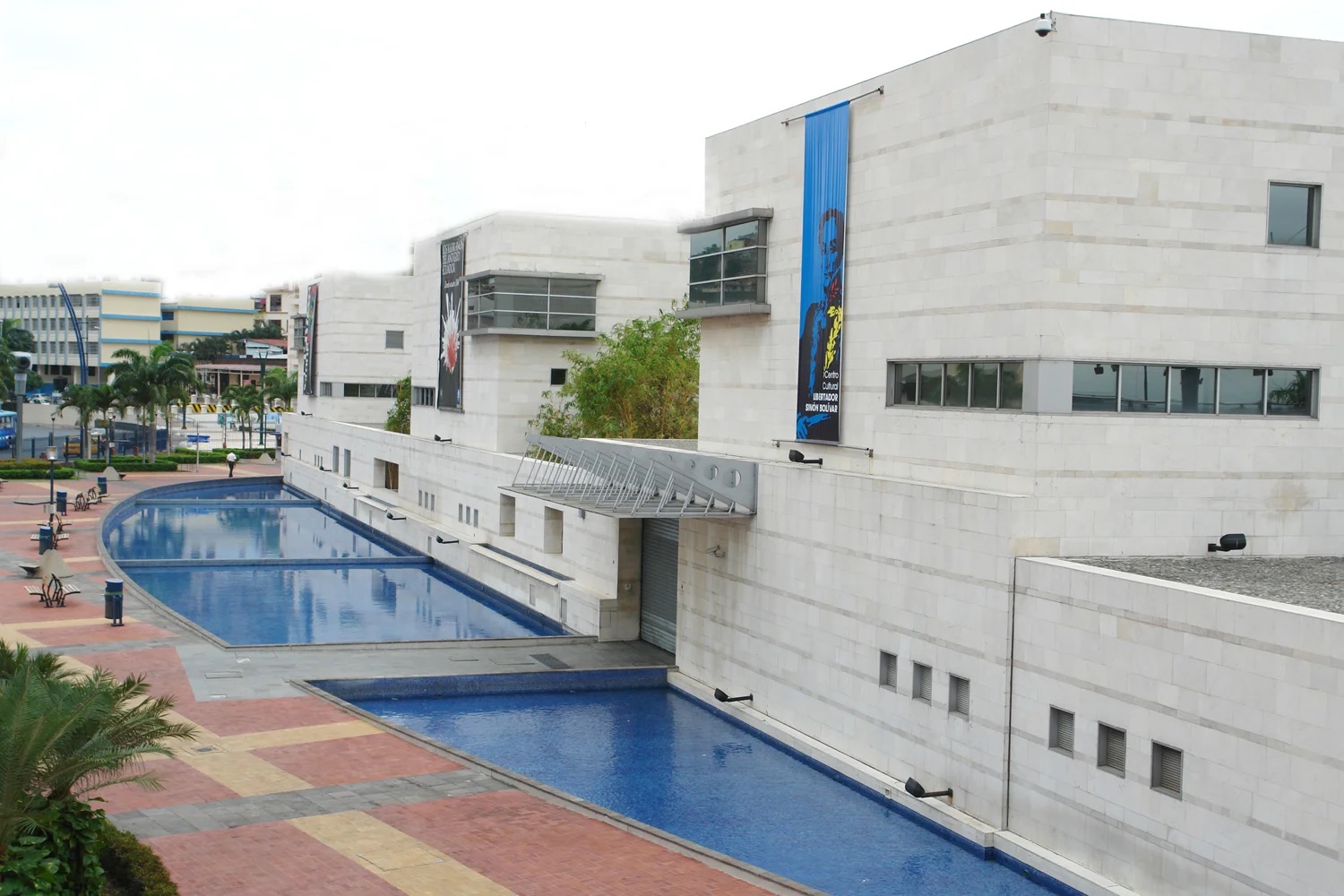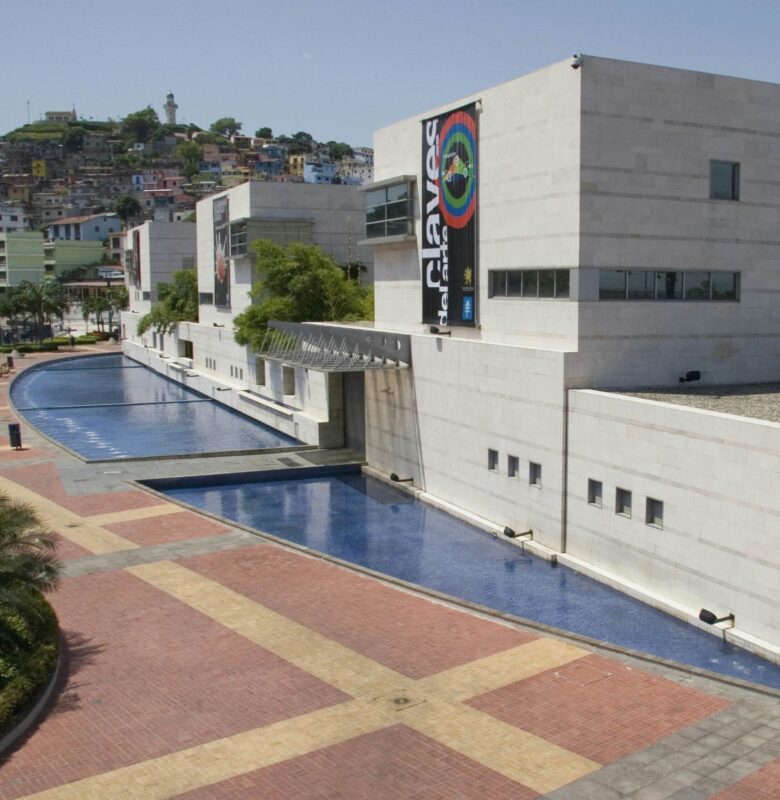Fernando Varela is a multifaceted artist—though primarily a painter—a scholar and thinker, passionate about philosophy and music, reflected in his visual art, which simultaneously represents iconography, transcendent expression, and inspiration for the sublime. In Santo Domingo, he is no longer considered Uruguayan by birth and training, but rather a Dominican who has chosen his nationality through marriage, permanent residence, and total integration through his art and collective artistic concerns.
He has always interrogated history, going back to prehistoric times, from ancient palimpsests and holy scriptures to the vicissitudes of the Caribbean and its island people, a play of forced, desperate, and occasionally voluntary migrations. Death, life, and survival resonate as a constant in his work, which ultimately came to fruition in the vain search for a protected nature and a more just human condition.
Fernando Varela's investigations continue, albeit in a different way, encompassing eternity and traveling successively or simultaneously to the past, the present, and the unknown future. A recent period has been calling forth humanity's growing bewilderment, following a destructured or Babel-like lettrism, even inaudible or dissonant if we seek a musical correspondence. Each stage of the search, each series, is inscribed within an "open work" and invites the viewer to a participatory interpretation.
Fernando Varela's career signifies—in the very sense of creating signs—an unalterable, but not static, commitment, since his spirituality "constructs" a perpetual movement, capable of reinventing the universe as we knew it at the turn of the decades... Today, he immerses himself in "Origins and Primary Forms," a sequence aspiring to decipher a new geognosy: thus, he creates gigantic molecular phenomena and juxtapositions, revisiting morphologies that he now subjects to a fundamental, almost biological metamorphosis. A way for the artist to want to change the world?
Exhibition at the Guayaquil Museum. Fernando Varela will present this collection of 28 predominantly pictorial works, many executed in oils and predominantly in large formats, at the impressive Guayaquil Anthropological and Contemporary Art Museum (MAAC), in the Author's Room of its recent installations, which are part of the ambitious urban renovation of the Malecón 2000. The exhibition will subsequently travel to Quito and is expected to tour to other important Latin American cities.
This complex and fascinating collection projects a different kind of contemporary Dominican art, one that combines concept, technique, and craft, simultaneously daring to break with the dominant local aesthetic and replace it with often brutal and minimalist corporealities. This symbiosis of form and creative process, highly researched and thoughtful—like everything Fernando produces—this repeated modification of scale and interior space, necessarily creates an impact… while the chromaticism maintains its contrasting harmonies, with an economy of colors and tones, alternately light and luminous, dark and nocturnal, impeccably crafted.
In a brilliant essay for the catalogue, Sara Hermann expresses: “Orígenes and Formas primarias are two independent series that are interrelated. One can be considered a consequence of the other, a continuity, but at the same time, their absolute complementarity and parallelism can be considered. The indissoluble links range from conceptual thoughts to the very technical resources that in turn give visual cohesion to the body of work.”

